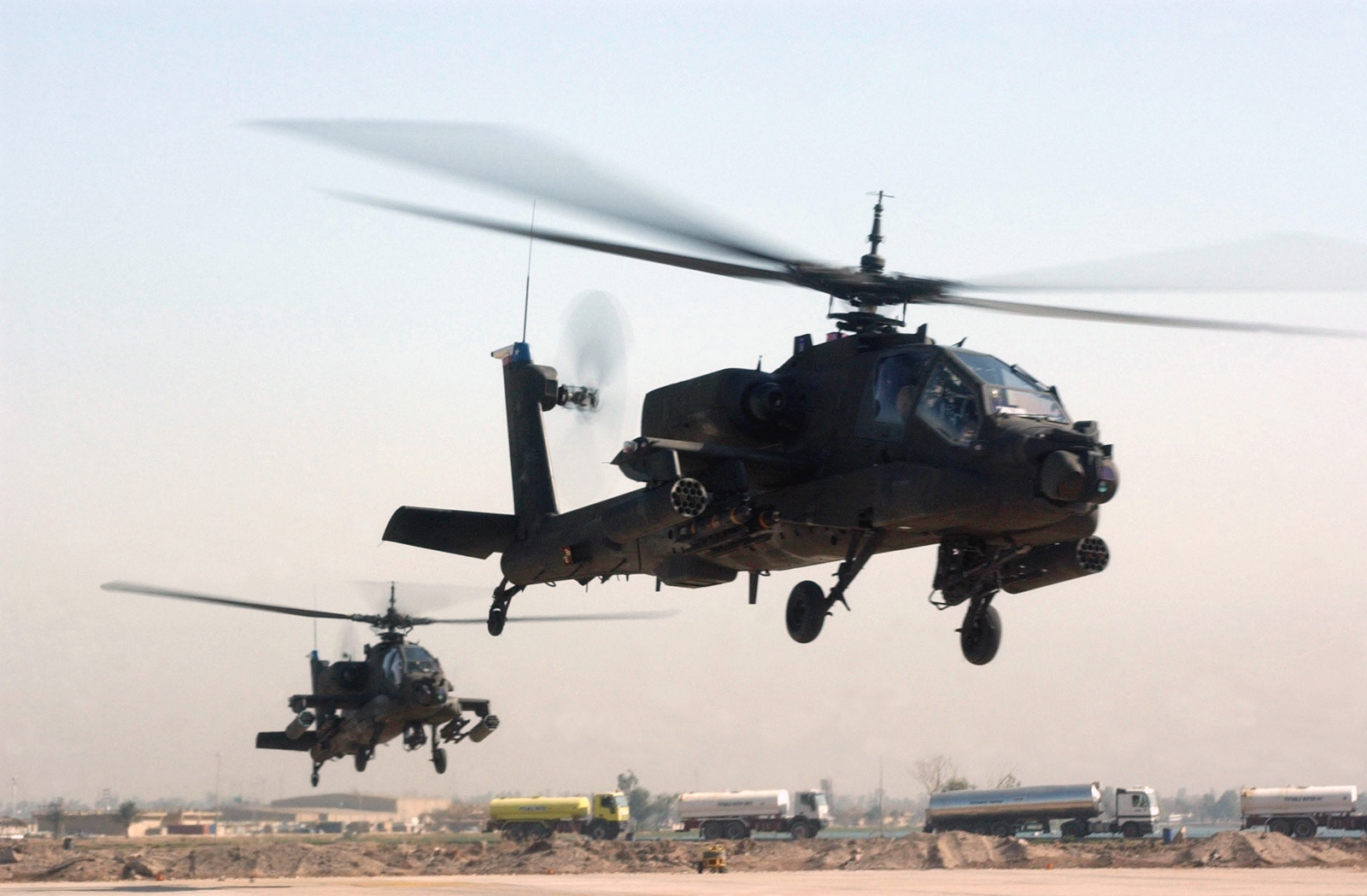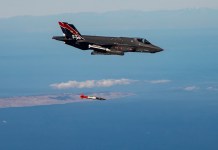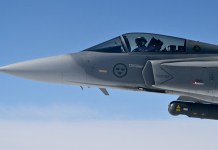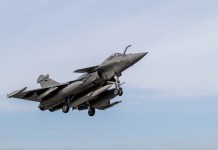After months of arduous work, the Indian Air Force (IAF) may finally be able to retrieve its AH-64 Apache helicopter from the high-altitude regions of Ladakh. As EurAsian Times reported multiple times, the helicopter made an emergency landing in April during an operational sortie in Ladakh.
The incident occurred on April 4, when the chopper experienced a ‘loss of power’ and was forced to land at a remote site north of the Khardung La pass. While both pilots were safely airlifted on the same day, the recovery of the aircraft has proven to be an immense logistical challenge.
The helicopter, one of 22 Apaches procured from Boeing as part of a Rs 14,910 crore deal ($1.9 billion), was damaged during landing. The high-altitude site of the emergency landing posed significant challenges to recovering the chopper.
Following months of analysis and planning, the IAF determined that the aircraft would need to be retrieved by road, as airlifting it from that height was not feasible, a TribuneIndia report claimed.
The IAF’s technical teams concluded that airlifting the Apache from its current location was not a viable option. The mountainous terrain and the rarefied atmosphere of Ladakh posed significant operational challenges.
US-Made AH-64 Apache Still Stuck Near China Border, High Altitude Makes Recovery Difficult For India
Although the IAF’s Chinook helicopters, known for their heavy-lifting capabilities, were considered for the recovery, the Apache’s weight and the high-altitude conditions made such an operation impossible.
A Chinook can carry an Apache under normal conditions, but the task becomes far more complicated at altitudes like Khardung La, which lies at approximately 18,000 feet. Helicopters don’t have the same load-carrying capacity at high altitudes as in the plains.
An IAF officer with experience operating in high-altitude regions previously told the EurAsian Times, “Engine performance and load capacity are drastically reduced in these environments.”
This left the IAF with only one viable option: dismantling the Apache and transporting its parts by road. Shortly after the mishap, IAF technical teams and engineers spent weeks assessing the damage and exploring all possible recovery solutions.
Following the initial assessment, a team of engineers underwent a 21-day acclimatization process to prepare for the challenging environment at the helicopter’s landing site.
With the helicopter resting in a remote, inaccessible area, IAF teams had no choice but to manually carry over 400 individual components of the Apache to the nearest road, from where they were transported to Leh. Now, only the airframe and engine remain at the site.
In the final phase of the recovery, a specialized crane will be dismantled, carried in parts by trained mountaineers to the site, and used to lower the Apache onto a truck for its journey to Leh.
The recovery effort has been further complicated by Ladakh’s freezing nighttime temperatures, which continue to dip below zero as the region enters winter.
Indian Army’s Apache AH-64E Delays
The Indian Army is still waiting for the delivery of its first Apache AH-64E attack helicopters from the United States, part of a $600 million deal signed in 2020. The Army is set to receive six Apache helicopters as per the agreement.
Despite the deal being in place for several years, there have been unexplained delays, prompting concerns from New Delhi. However, a new report suggests that the first batch of the helicopters may now be expected to be delivered either by the end of this year or early next year.
According to sources within the defense establishment, the initial batch will likely include three Apache helicopters. The remaining three are expected to arrive in India within three to four months after the first delivery.
While there is cautious optimism about this revised timeline, defense officials remain wary due to previous delays. The report added that if Boeing manages to stick to the updated schedule, the helicopters are expected to arrive by February 2025—at least a year past the original deadline.

The Indian Army planned to deploy these choppers with its newly formed 451 Aviation Squadron in Jodhpur, Rajasthan. The squadron was established in March 2024 and expected to receive the Apaches as initially planned.
These advanced helicopters are crucial for the Army’s operations on the Western front, offering superior agility, firepower, and advanced targeting systems.
The Indian Air Force has inducted 22 Apache helicopters as part of a separate 2015 order, while the Indian Army is awaiting these six to enhance its capabilities. The Army’s Aviation Corps is vital to its operational strength, providing essential aerial support for various military missions.
The Apache helicopters are set to significantly boost the Army’s ability to conduct missions, particularly in challenging terrain and hostile environments.
- Contact the author at ashishmichel(at)gmail.com
- Follow EurAsian Times on Google News




